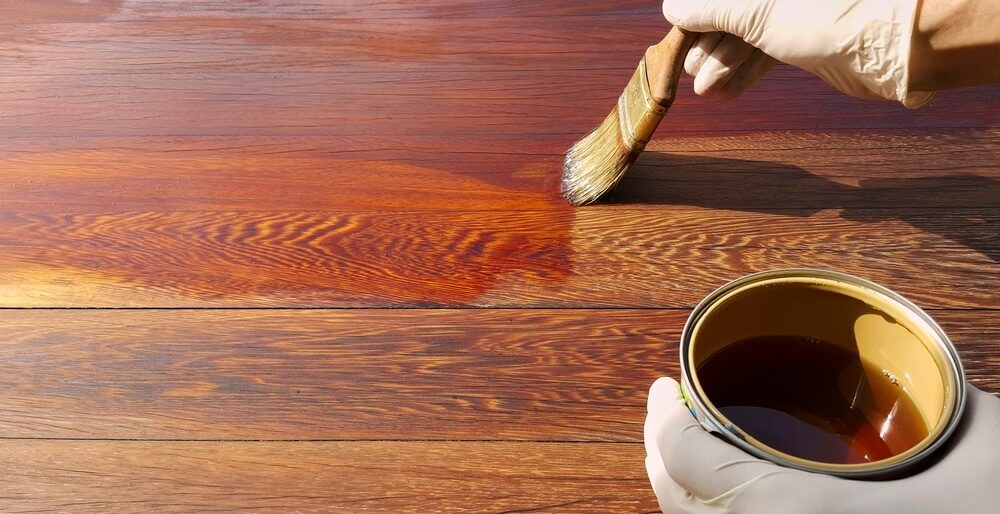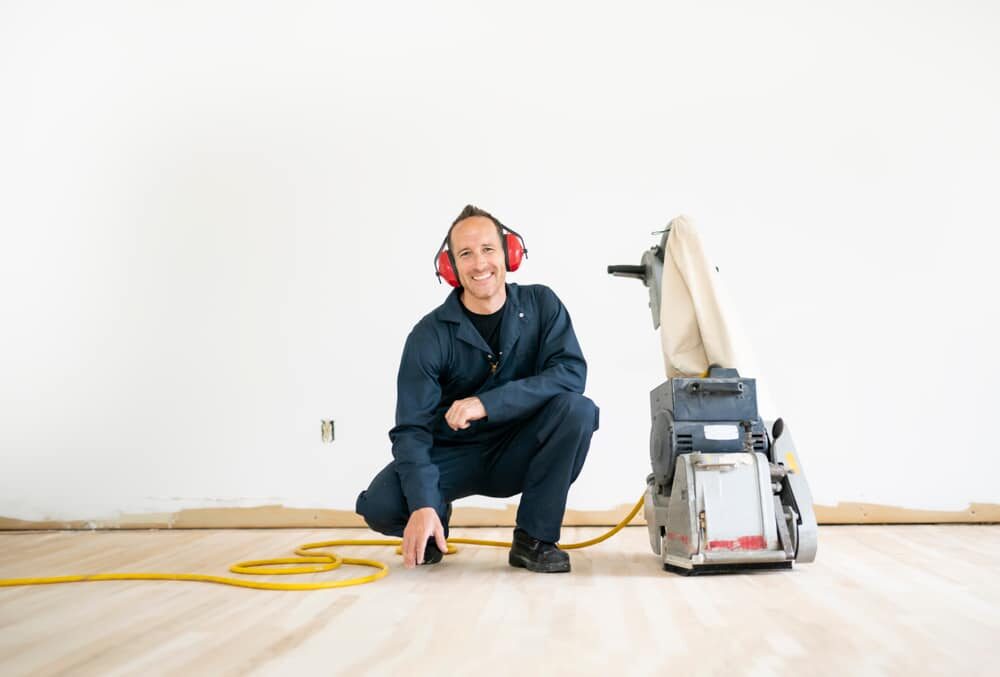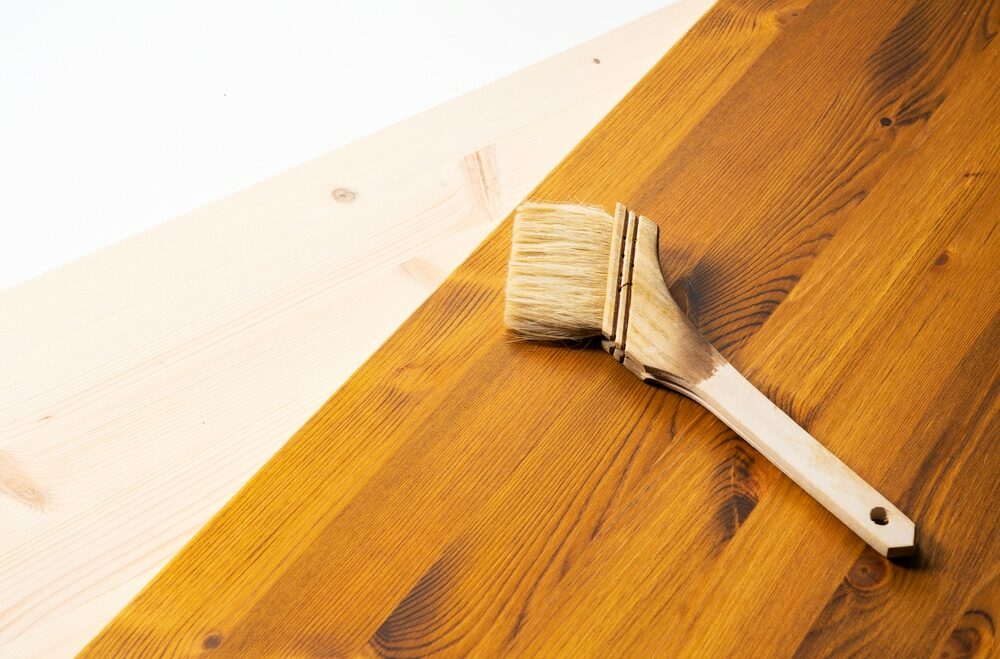London:
Nationwide:
Wood Floor Restoration vs Dustless Floor Sanding: What’s The Difference?
Posted on April 30, 2023
News
Wood Floor Restoration vs Dustless Floor Sanding: Uncovering the Key Differences
Wooden floors add warmth, beauty, and value to any home or business. However, with time and use, they may show signs of wear and tear, necessitating proper maintenance and restoration. Two popular methods for rejuvenating wooden floors are wood floor restoration and dustless floor sanding. In this 3000-word guide, we will compare these two approaches, discussing their benefits, limitations, and applications to help you choose the most suitable option for your flooring needs.
1. Wood Floor Restoration: An Overview
Wood floor restoration is a comprehensive process that involves repairing, sanding, staining, and refinishing wooden floors to restore their original appearance and functionality. The process typically includes the following steps:- Inspection and repair: A professional flooring expert inspects the wooden floor for damage, such as loose or broken planks, and makes necessary repairs.
- Sanding: The surface of the floor is sanded to remove the existing finish and any surface imperfections, such as scratches, dents, or stains.
- Staining (optional): If desired, a new stain is applied to change the colour of the wood or enhance its natural hue.
- Finishing: A protective layer, such as polyurethane or oil, is applied to the sanded surface to seal the wood and provide a durable, long-lasting finish.

2. Dustless Floor Sanding: An Overview
Dustless floor sanding is a more advanced method of sanding wooden floors that minimises airborne dust and debris. This process employs specialised sanding machines equipped with vacuum systems that capture dust particles as they are generated during sanding. The primary steps in dustless floor sanding include:- Inspection and repair: Similar to wood floor restoration, a professional flooring expert inspects the wooden floor for damage and makes necessary repairs.
- Dustless sanding: The floor is sanded using a dustless sanding machine, which removes the existing finish and surface imperfections while simultaneously capturing dust particles.
- Staining (optional): As with wood floor restoration, a new stain can be applied to the wood if desired.
- Finishing: A protective layer is applied to the sanded surface, sealing the wood and providing a durable, long-lasting finish.

3. Comparing wood floor restoration and dustless floor sanding
While both wood floor restoration and dustless floor sanding aim to restore the beauty and functionality of wooden floors, there are some key differences between the two methods:- Dust control: The primary advantage of dustless floor sanding is its ability to minimise airborne dust and debris. This results in a cleaner workspace and reduced cleanup efforts compared to traditional wood floor restoration. However, it’s important to note that no sanding process is completely dust-free, and some dust particles may still be present after dustless sanding.
- Equipment and cost: Dustless floor sanding requires specialised machines equipped with vacuum systems, which may be more expensive than traditional sanding equipment. Consequently, dustless floor sanding services may come at a higher cost compared to traditional wood floor restoration.
- Health and safety: Dustless floor sanding can be particularly beneficial for homeowners or businesses with individuals who have allergies, asthma, or other respiratory conditions, as it reduces the amount of airborne dust particles that can trigger symptoms.
- Environmental impact: Dustless floor sanding is generally considered a more environmentally friendly option, as it captures and contains dust particles, reducing the amount of dust released into the air.
- Time and efficiency: Both wood floor restoration and dustless floor sanding typically require a similar amount of time to complete. However, the reduced dust and cleanup efforts associated with dustless floor sanding may result in a more efficient overall process.
4. Factors to Consider When Choosing Between Wood Floor Restoration and Dustless Floor Sanding
- Budget: Dustless floor sanding may come at a higher cost due to the specialised equipment required. Consider your budget when deciding between traditional wood floor restoration and dustless floor sanding.
- Health concerns: If you or someone in your household suffers from allergies, asthma, or other respiratory issues, dustless floor sanding may be a better option due to its reduced dust emissions.
- Environmental impact: If minimising your environmental footprint is a priority, dustless floor sanding may be the more eco-friendly choice, as it captures and contains dust particles more effectively than traditional sanding.
- Cleanup efforts: Dustless floor sanding typically results in less dust and debris to clean up after the project is complete, which may be appealing if you prefer a cleaner workspace or have limited time for post-project cleanup.

5. Tips for Hiring a Professional Floor Restoration or Sanding Service
Whether you choose wood floor restoration or dustless floor sanding, hiring a professional service is essential for achieving the best results and ensuring your floors are treated with care. Consider the following tips when selecting a professional service:- Research and compare: Gather information on multiple companies that offer wood floor restoration or dustless floor sanding services in your area. Compare their experience, expertise, and customer reviews to find the best fit for your needs.
- Request quotes: obtain estimates from several companies to compare their pricing and services. While cost is an important factor, don’t compromise on quality to save a few dollars.
- Verify credentials: Ensure the company is licenced, insured, and certified to perform wood floor restoration or dustless floor sanding services in your area.
- Ask for references: Request references from previous clients to gauge the company’s reputation and quality of work.
- Discuss your specific needs. Communicate your expectations, preferences, and any special requirements you may have with the company before the project begins to ensure they can meet your needs.

Some Useful Links:
Conclusion Both wood floor restoration and dustless floor sanding offer effective solutions for rejuvenating your wooden floors and maintaining their beauty and functionality. By understanding the differences between these two methods and considering factors such as budget, health concerns, environmental impact, and cleanup efforts, you can make an informed decision that best suits your flooring needs. Remember to research and compare professional services to ensure a successful project and stunning results that will last for years to come.More from our Blog:
Are You in Need of Wood Floor Sanding? A Complete Guide Enhance Your Home’s Value: Discover the Power of Wood Flooring The Ultimate Guide to Sanding and Restoring Parquet Floors Top 12 Rules to Find the Perfect Wood Floor Sanding Company
Sanding
We provide virtually dust-free sanding with our continuous belt machinery with mobile extraction units, giving you a safer environment for your family.
Oiling
This organic finish not only adds beauty to your home but also has exceptional water-repellent characteristics, making it easier to clean and maintain.
Waxing
This natural floor finish offers the softest and most mellow appearance – and leaves your floor able to breath.
Buffing
Using soft buffing machines (and hand-polishing where required) will bring a wonderful sheen to your newly-finished floor.
Repairs
We offer a full assessment of your wooden floors to determine what repairs are needed to provide the perfect working surface for the later stages of sanding, staining and sealing.
Restoration
We offer a comprehensive restoration process designed to address floors that are improperly fitted or damaged over time through wear and tear.
Request a fixed price quote for your wood floor restoration now
Simply enter your postcode below to get started.
Services
Wood Floor Sanding Wood Floor Restoration Wood Floor Scratch Repair Squeaky Wood Floor Repair Parquet Floor Sanding Parquet Floor Restoration Commercial Floor Sanding Church Floor Sanding Community Centre Floor Sanding School Floor Sanding Gap Filling Gap Filling with ResinCopyright © Mr Sander®
Privacy & Cookies Terms & Conditions Complaints Procedure Cancellation Rights Sitemap





